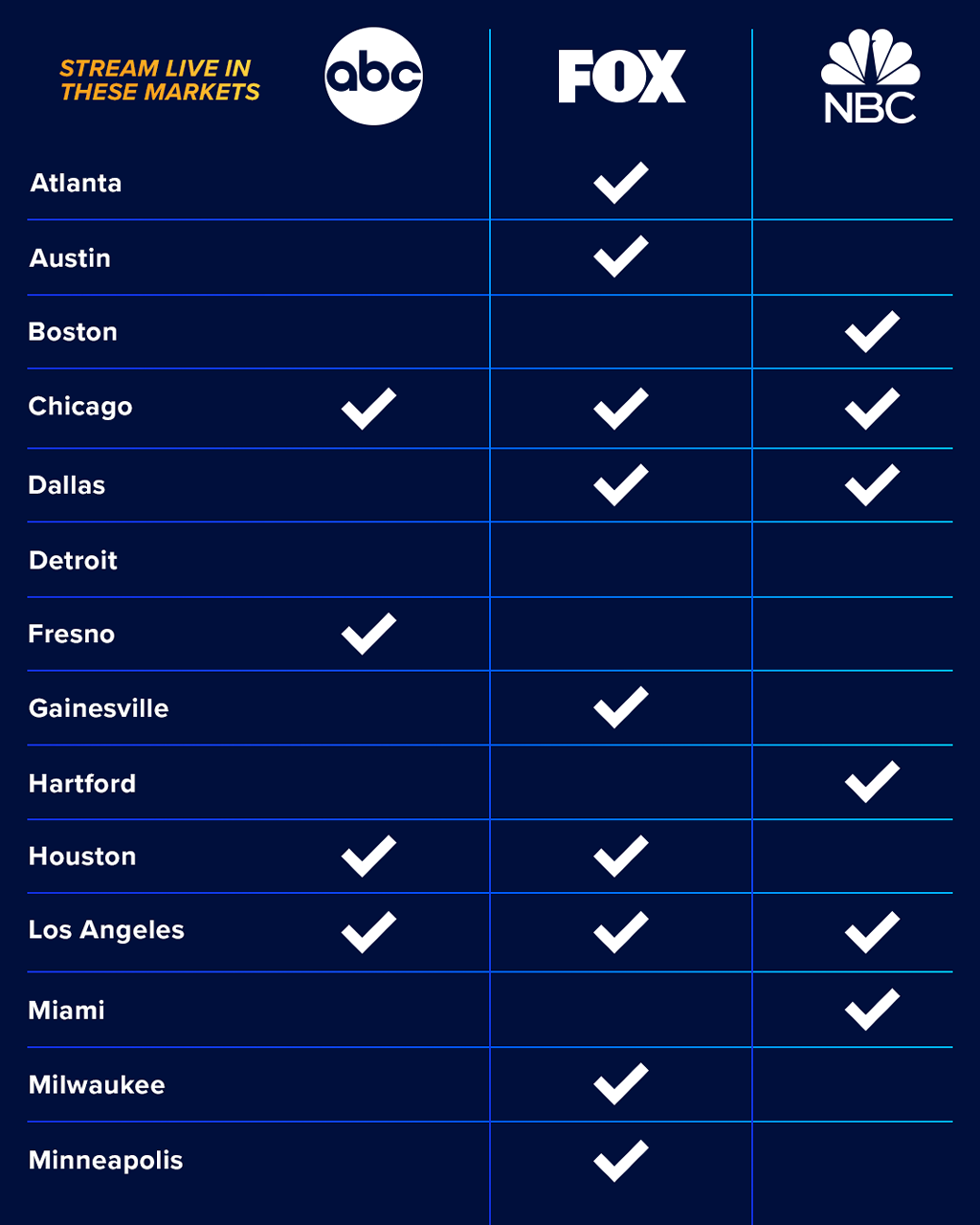What Does Apollo Group Tv Do?
What Does Apollo Group Tv Do?
Blog Article
Not known Incorrect Statements About Apollo Group Tv
Table of ContentsNot known Factual Statements About Apollo Group Tv Things about Apollo Group TvNot known Facts About Apollo Group TvA Biased View of Apollo Group Tv
In this situation, as opposed to having three-minute commercial areas during a 30-minute television program, television programming may alter to one where a consumer will be required to have a regular monthly registration, so that they cen view targeted banner ads. This kind of marketing currently occurs on the web, and the quantity of data tv firms gather permits them to do much the very same.Describe the influence of sponsors on program content. Explain the significant trends among the broadcasting and cable television networks. When tv remained in its infancy, producers designed the new tool on radio. Popular radio reveals such as cops drama Dragnet and western cowboy series Gunsmoke were adjusted for tv, and brand-new TV programs were funded by solitary advertisers, equally as radio programs had actually been.
Today, the tv industry is even more intricate. Programs are funded by numerous advertisers; shows is managed by major media conglomerates; and the 3 significant networks no more dominate the airwaves however rather share their visitors with many cable channels. Numerous elements make up these fads within the market, consisting of technological developments, government laws, and the production of new networks.

An Unbiased View of Apollo Group Tv
Established in 1969, (PBS) established out of a record by the Carnegie Commission on Educational Tv, which checked out the duty of instructional, noncommercial television on culture. Public television was also planned to supply global accessibility to television for visitors in rural locations or viewers that could not manage to pay for personal tv solutions.
The period between 1950 and 1970 is traditionally acknowledged as the. Besides a tiny portion of airtime regulated by public tv, the three significant networks (understood as the Big Three) controlled the tv industry, jointly accounting for greater than 95 percent of prime-time viewing. In 1986, Rupert Murdoch, the head of international business Information Corp, introduced the Fox network, challenging the prominence of the Big 3.
Targeting young and minority target markets with programs such as Buffy the Vampire Slayer, Moesha, Dawson's Creek, and The Wayans Bros., the new networks hoped to draw stations far from their old network associations. Instead than repeating the success of Fox, UPN and WB had a hard time to make an influence. Incapable to attract several associate stations, the 2 recently established networks reached less homes than their larger competitors since they were inaccessible in some smaller sized cities.
This decision led the way for the advancement of their website cord motion picture networks, adding to the exponential development of cable television in the 1980s and 1990s. apollo group tv app. More deregulation of cord in the 1984 Wire Communications Policy Act got rid of restrictions on cable prices, making it possible for drivers to charge what they wanted for cable solutions as long as there worked competitors to the solution (a requirement that over 90 percent of all cable television markets could satisfy)
Our Apollo Group Tv Ideas

Having produced the very first "superstation," Turner increased his realm by establishing 24-hour information network CNN in 1980. At the end of the year, 28 national programming services were available, and the cable transformation had actually started. Over the following decade, the market undertook a duration of quick development and popularity, and by 1994 customers can pick from 94 basic and 20 premium cord solutions.
Number 9 - https://calendly.com/vickboyd3319-proton/30min.16 Increased competitors from cable channels has actually caused a consistent decline in the networks' audience rankings. During the 1950s, the expense of creating a single television program raised as shows ended up being longer and production expenses rose. Sponsorship on network television moved from solitary sponsorship, in which a program was entirely supported and generated by one marketer, to several sponsorship, in which marketers purchased 1- or 2-minute areas on the program
Select one of the Big Four networks and print out its regular shows timetable. See the network's prime-time programs over the course of a week, keeping in mind the target demographic for each show.
Apollo Group Tv Can Be Fun For Everyone

Direct TV, commonly described as conventional broadcast television, encompasses cable television and satellite tv. It's called "straight" because content adheres to an established shows timetable, unlike on-demand content which the private audience determines to see based on their own preferences and routine. When you ask, "What is linear Television?", think about it as the classic method of seeing television that has actually been around for years.
Report this page